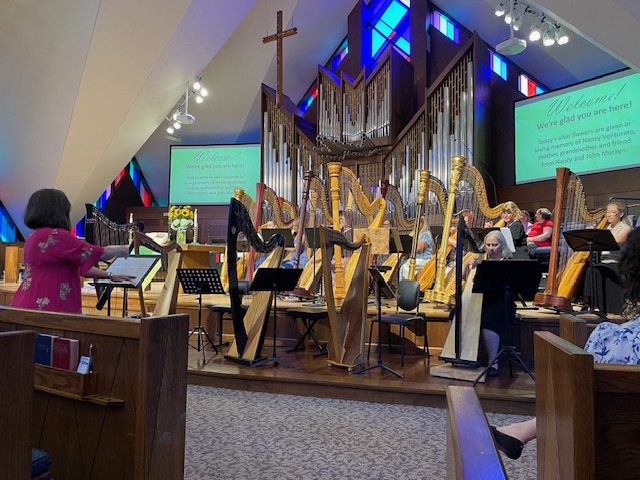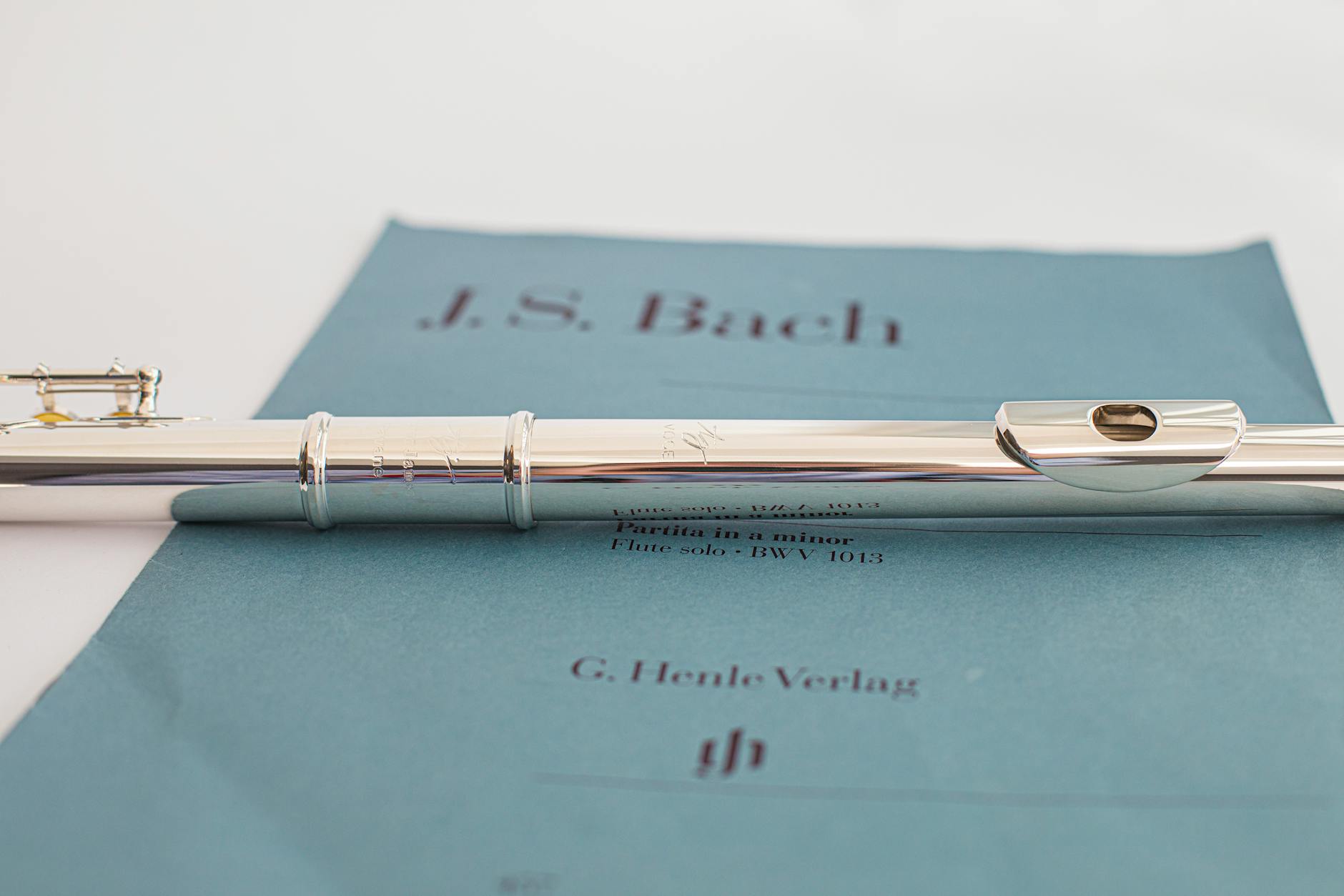The Power of Choice

When I write abgout the power of choice, I’m not just referring to the pleasure of having choices (e.g. strawberry, chocolate, or vanilla ice cream), but also the awareness of having choices, even if we choose not not take them. We often forget that there really are choices, and we use words like “have to”, … [Read more…]








